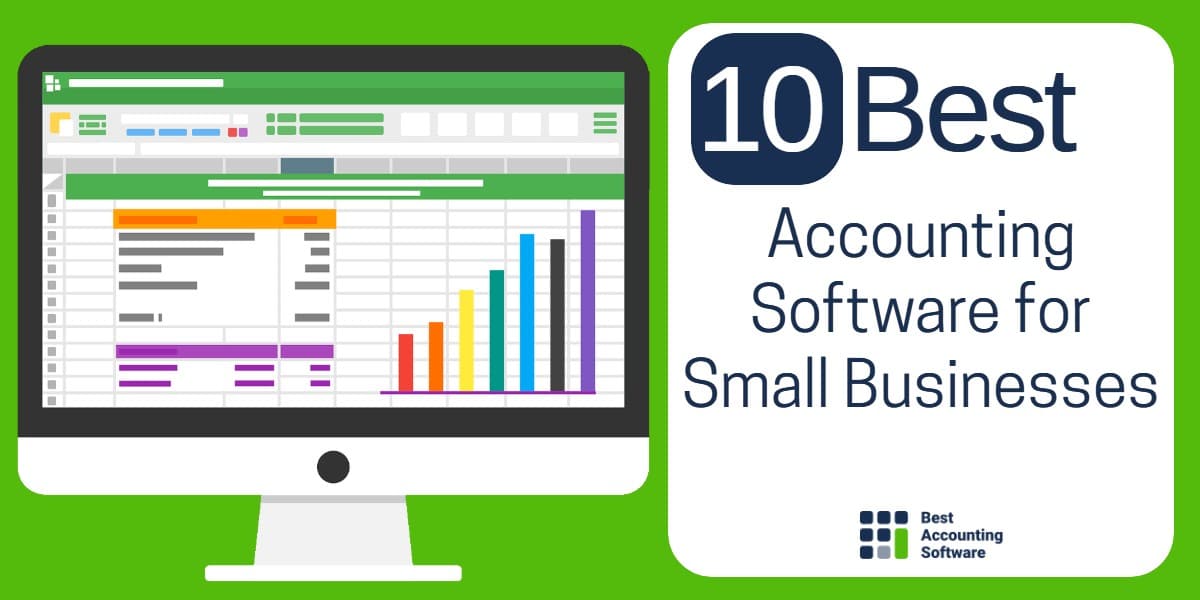As a business owner, managing finances is a crucial aspect of running a successful company. With the numerous tasks involved in accounting, from invoicing to expense tracking, it can be overwhelming to keep track of everything. This is where all-in-one accounting software comes in – a comprehensive solution that streamlines all your financial tasks, making it easier to manage your business’s finances.

In this article, we will delve into the world of all-in-one accounting software, exploring its benefits, features, and how it can help your business thrive. We will also discuss the different types of accounting software available, including cloud-based and on-premise solutions, and provide a comprehensive FAQ section to answer any questions you may have.
What is All-in-One Accounting Software?
All-in-one accounting software is a type of accounting solution that integrates all financial tasks into a single platform. It combines various accounting functions, such as invoicing, expense tracking, payroll management, and financial reporting, into one unified system. This software is designed to simplify financial management, reduce errors, and increase productivity.
Benefits of All-in-One Accounting Software
- Streamlined Financial Management: All-in-one accounting software consolidates all financial tasks into a single platform, making it easier to manage your business’s finances.
- Increased Productivity: By automating tasks such as invoicing and expense tracking, you can free up more time to focus on other aspects of your business.
- Improved Accuracy: All-in-one accounting software reduces the risk of human error, ensuring that your financial records are accurate and up-to-date.
- Enhanced Financial Reporting: The software provides real-time financial reports, enabling you to make informed decisions about your business.
- Scalability: All-in-one accounting software can grow with your business, adapting to your changing financial needs.
Features of All-in-One Accounting Software
- Invoicing and Billing: Create and send professional invoices, track payments, and manage billing cycles.
- Expense Tracking: Record and categorize expenses, attach receipts, and generate expense reports.
- Payroll Management: Manage employee salaries, benefits, and taxes, and generate payroll reports.
- Financial Reporting: Generate balance sheets, income statements, and cash flow statements, and track key performance indicators (KPIs).
- Inventory Management: Track inventory levels, monitor stock movements, and optimize inventory management.
- Time Tracking: Record employee work hours, track time spent on projects, and generate time sheets.
- Project Management: Manage projects, track progress, and generate project reports.
Types of All-in-One Accounting Software
- Cloud-Based Accounting Software: Hosted online, cloud-based accounting software provides anytime, anywhere access to your financial data.
- On-Premise Accounting Software: Installed on your company’s servers, on-premise accounting software provides more control over data security and customization.
- Hybrid Accounting Software: Combines the benefits of cloud-based and on-premise accounting software, offering a flexible solution for businesses with unique needs.
Popular All-in-One Accounting Software Options
- QuickBooks: A comprehensive accounting solution that offers a range of features, including invoicing, expense tracking, and financial reporting.
- Xero: A cloud-based accounting software that provides real-time financial reporting, automated invoicing, and expense tracking.
- Zoho Books: A scalable accounting solution that offers features such as invoicing, inventory management, and project management.
- Sage: A robust accounting software that provides advanced features, including financial reporting, budgeting, and forecasting.
FAQs
- What is the cost of all-in-one accounting software?: The cost of all-in-one accounting software varies depending on the provider, features, and number of users. Cloud-based solutions typically offer a monthly or annual subscription model, while on-premise solutions require a one-time license fee.
- Is all-in-one accounting software secure?: Yes, all-in-one accounting software is designed with security in mind. Cloud-based solutions use encryption, firewalls, and access controls to protect your financial data, while on-premise solutions provide more control over data security.
- Can I customize all-in-one accounting software to meet my business needs?: Yes, many all-in-one accounting software solutions offer customization options, including workflows, reports, and user permissions.
- Is all-in-one accounting software compatible with other business applications?: Yes, many all-in-one accounting software solutions integrate with other business applications, including CRM, ERP, and e-commerce platforms.
- Do I need to be an accounting expert to use all-in-one accounting software?: No, all-in-one accounting software is designed to be user-friendly, with intuitive interfaces and automated tasks. However, it’s still important to have a basic understanding of accounting principles to get the most out of the software.
Conclusion
All-in-one accounting software is a powerful tool that can transform the way you manage your business’s finances. By streamlining financial tasks, increasing productivity, and improving accuracy, all-in-one accounting software can help you make informed decisions and drive business growth. With a range of features, including invoicing, expense tracking, and financial reporting, all-in-one accounting software is an essential solution for businesses of all sizes. Whether you’re looking for a cloud-based or on-premise solution, there’s an all-in-one accounting software option out there to meet your unique needs. By choosing the right solution and implementing it effectively, you can take your business to the next level and achieve long-term success.
Closure
Thus, we hope this article has provided valuable insights into The Ultimate Guide to All-in-One Accounting Software. We appreciate your attention to our article. See you in our next article!